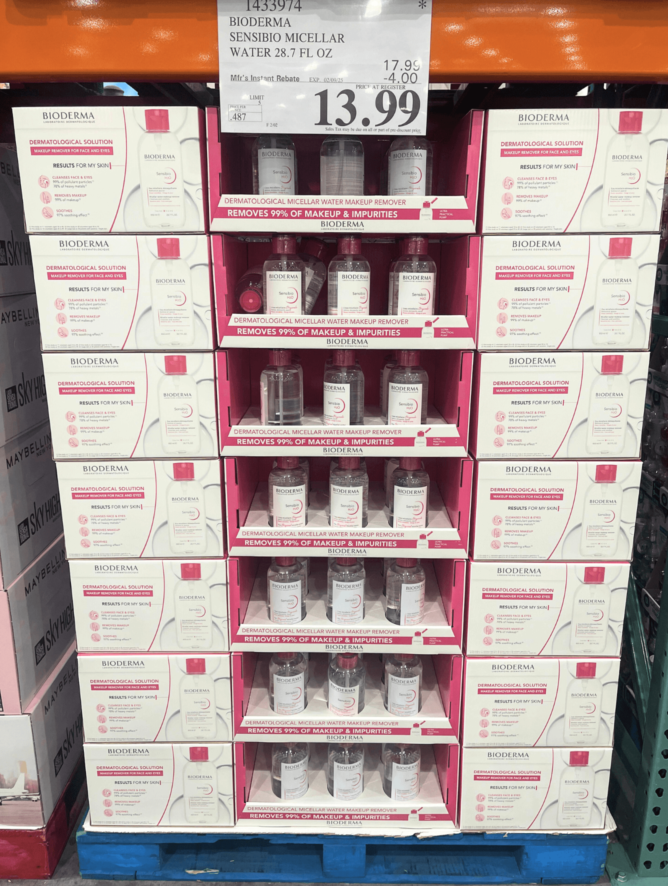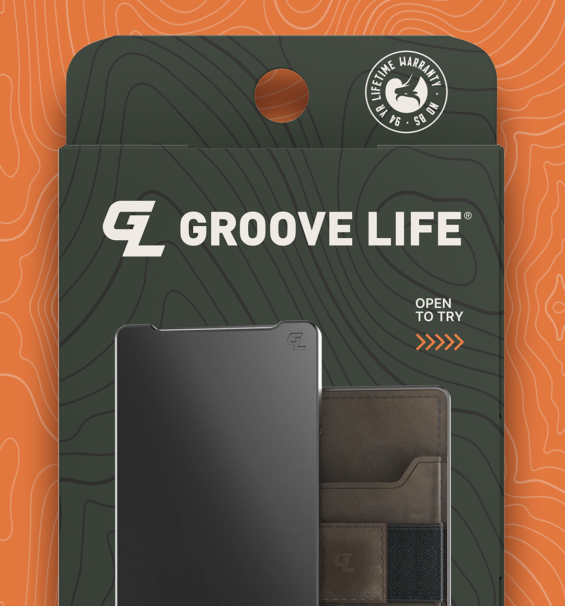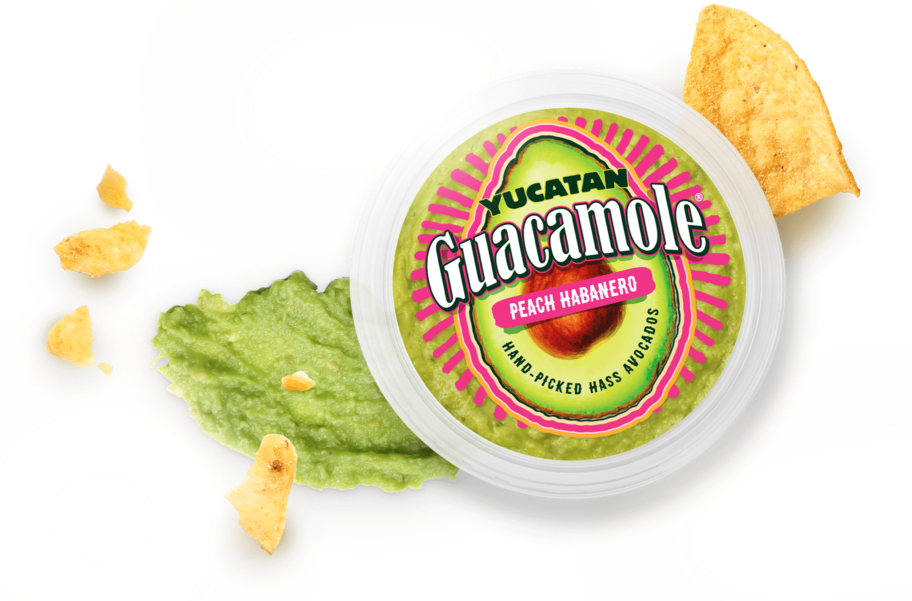A poor pallet packaging strategy isn’t just a logistic problem—it’s a revenue killer. Poor pallet packaging design leads to unstable stacks and damaged products. Even worse, ineffective pallet displays blend into the background, missing the chance to capture impulse buyers. With 30% of businesses reporting revenue increases after improving packaging, brands can’t afford to get pallet design wrong.
The best pallet isn’t just about stacking boxes—it’s a pallet design system that optimizes visibility, retailer compliance, and sales. Since 67% of American consumers prefer paper and cardboard, brands must balance durability with eco-friendly materials like plastic pallets to create a successful pallet display.
This article explains why most pallet designs fail and how to fix them. You’ll learn what separates the best pallets from structural stability to consumer-tested graphics. No guesswork. Just proven, data-backed solutions.
Why most pallet packaging design fails.
Most brands treat pallet packaging design as an afterthought. They focus on product packaging but ignore how their pallet will function in a real retail environment. That’s a costly mistake. A poorly designed structural secondary packaging design doesn’t just look bad—it gets rejected by retailers, slows down replenishment, and kills sales before the product even hits the floor.
Ignoring retailer requirements.
Retailers have strict guidelines for pallet design, and non-compliance means rejection. If your packaging material doesn’t fit their shelving, loading, or replenishment processes, your product isn’t getting stocked. Big-box stores, club warehouses, and grocery chains all have pallet specifications designed for efficiency. Fail to meet them, and you’re out.
Size and weight are common pitfalls. A wood pallet that’s too bulky takes up excess floor space, while a plastic pallet that’s too light can become unstable, damaging products. Some retailers require plastic pallets, while others insist on wood pallets or configurations to match existing logistics. If you get it wrong, your inventory will sit in a warehouse instead of on the floor.
Replenishment inefficiencies also hinder sales. Retailers won’t prioritize your product if your packaging isn’t designed for easy restocking. They’ll choose something more manageable, and your brand will get overlooked. To avoid this, companies often leverage brand activation tooklits to adjust their pallet packaging design.
Weak structural integrity.
A custom pallet that can’t hold its weight is a liability. When a pallet load collapses, it doesn’t just damage products—it destroys retailer trust. Stores don’t have time for unstable displays. If a wooden pallet falls apart or a block pallet shifts during transport, your brand loses shelf space, sales, and credibility.
A poorly chosen packaging solution can break under pressure, while a weak yet innovative packaging design can compromise stability. Packaging professionals recognize that balance is crucial. A bottle packaging design must consider weight distribution, just as a premium packaging design needs the appropriate base to maintain its integrity.
Durability testing separates winners from failures. Innovative brands invest in supply chain stress tests to ensure pallets can handle movement, stacking, and store handling. Cutting packaging costs at the expense of structural integrity is a mistake.
Poor visual impact and shopper engagement.
Retail is loud. If a display doesn’t stand out immediately, it gets ignored. A weak design means lost visibility, lost engagement, and lost sales. Shoppers don’t stop for what blends in—they stop for what grabs their attention.
The issue starts with poor branding. Many brands assume a packaging engineer will handle function while marketing takes care of visuals. But if the design doesn’t follow brand style guidelines, the result is often a cluttered, inconsistent mess. Weak color contrast, disorganized messaging, and excessive wrap make the display hard to read. A corrugated box buried under branding overload or an oversized crate can kill visibility before the product has a chance.
The best displays balance clarity and impact. A pallet manufacturer understands that block pallets must be structured for visibility, just as wood pallet manufacturers know that the right pallet size can improve merchandising. Even in the wood pallet industry, brands are rethinking design, combining sustainability with high-contrast graphics to create displays that demand attention—and drive sales.
Failing to optimize for impulse and bulk purchases.
Most pallet displays are stacked products with a sign slapped on them. That’s a missed opportunity. When designed strategically, they increase basket size, encourage bulk purchases, and drive impulse buys. But too often, brands fail to structure displays in a way that makes grabbing more feel effortless.
One key mistake is using a standard pallet without considering shopper behavior. A rigid, one-size-fits-all layout doesn’t maximize pallet performance or adapt to different buying patterns. Innovative brands leverage multi-SKU layouts, positioning complementary products to encourage larger purchases.
Strategic messaging also plays a role. Shoppers respond to urgency, value, and convenience. A well-placed callout like “Stock Up & Save” or “Limited-Time Offer” makes a display more than just a holding unit—it turns it into a buying trigger. That’s why the best brands validate their FMCG packaging design with real consumer insights. A PREformance Package Design Test ensures the display is tested for effectiveness before hitting stores, eliminating guesswork.
Failing to Optimize for Visibility at a Distance
Many brands focus on close-up branding and messaging but forget to optimize for long-range visibility, which is the difference between being noticed and ignored. Retail aisles are crowded with distractions.
If a display doesn’t stand out from down the aisle or across the store, it competes with everything else for attention. Pallet packaging design needs to command instant recognition, ensuring shoppers can identify the brand and offer at a glance.
To achieve this, brands should focus on:
- Bold, high-contrast, legible branding from at least 10–15 feet away.
- Large, simplified messaging—less clutter, more impact.
- Strategic color choices that pop against the retail backdrop.
Eye-level positioning of key claims, pricing, and promotional offers also helps capture attention from multiple angles. Testing visibility in real-world conditions, using shelf simulations and consumer tracking, ensures that the pallet display is well—designed and built to be seen.
Lack of consumer and market testing.
Data-driven pallet packaging influences buying decisions. Yet, many brands rely on guesswork instead of actual data. They assume their standard pallet design is good enough, only to watch it underperform in stores. Without validating visibility, messaging, and purchase intent, a pallet industry launch can become a costly failure.
Testing is necessary. A brand may invest in high-quality corrugated packaging, eye-catching graphics, and well-placed stretch wrap, but none of it matters if shoppers don’t respond. The best-performing displays are tested and optimized before hitting shelves. This is especially true for specialty retail product development, where every square inch of space needs to drive conversion.
Consumers expect trust. In fact, 74% of shoppers say that honesty and transparency in product labeling influence their trust in a brand. That’s why leading brands focus on creating an emotional connection with packaging, ensuring the design is clear, compelling, and tested for maximum impact. A high-performing pallet display isn’t built on assumptions but on proof.
How to get pallet packaging design right.
Most brands focus on pallet packaging design from a marketing perspective but overlook how retailers handle their displays. The result? Pallets that don’t fit store layouts, require too much labor to restock, or get rejected before they even make it to the floor. A winning design isn’t just about aesthetics but seamless integration with retailer operations.
Designing for retailer acceptance and efficiency.
Retailers care about speed, efficiency, and shelf appeal. If a pallet load is challenging to stock or takes up too much space, it won’t stay on the floor long. The best packaging designs start with understanding design trends that align with store needs, not just brand visuals.
Size and stacking matter. A custom pallet must fit within standard dimensions, allowing for easy placement in wooden or plastic pallet setups. Poorly structured pallets create wasted space, disrupt inventory flow, and increase labor costs for retailers. Using the right packaging material ensures stability while keeping the boxes accessible to store employees and shoppers.
Pre-assembled, easy-to-stock designs create a win-win for brands and retailers. When a packaging design approach includes user-friendly restocking methods, employees can refill displays faster, keeping products available for purchase. A retailer-friendly pallet packaging design is not just accepted; it gets priority placement in high-traffic areas, driving better visibility and higher sales.
Structuring for strength, stability, and logistics.
A pallet packaging design that looks great but collapses under pressure is a disaster waiting to happen. Stability is engineering a display that withstands shipping, storage, and handling without compromising product integrity. Weak pallets cost brands shelf space, revenue, and retailer trust.
The right packaging engineer knows that material selection, weight balancing, and stress testing determine a pallet’s durability. A poorly designed pallet can tip, shift, or break during transport, causing product damage before it reaches the floor. That’s why brands must use block pallets or pallet racks that distribute weight evenly and prevent collapse.
Choosing the right materials is also key. While the wood pallet industry still dominates supply chains, sustainability drives demand for eco-friendly options like corrugated box reinforcements and reusable designs. While a crate offers structural support for heavier products, strategic wrap placement ensures stability without excess waste.
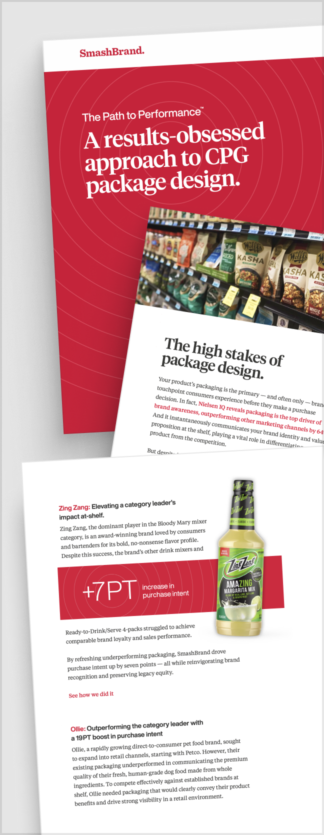
Path to Performance™
Taking a results-obsessed approach to CPG package design.
Learn how SmashBrand’s proprietary process – rooted in scientific principles, informed by data, and validated by your target audience – takes the guesswork out of package design and delivers guaranteed results.
"*" indicates required fields
Maximizing visibility with high-impact design.
A pallet packaging design has only three seconds to grab a shopper’s attention. If it blends into the background, it’s already lost the sale. High-performing box packaging design isn’t just about looking good—it’s about creating instant impact with bold branding, clear hierarchy, and high-contrast messaging that drives purchase decisions.
The best box packaging design ideas focus on readability and visual flow. Key product benefits, pricing, and promotional messaging should be immediately visible from a distance. Overloading a pallet with excessive graphics or small text creates confusion and weakens engagement. Instead, brands should use contrasting colors, large fonts, and clean layouts to naturally guide the shopper’s eye.
Shoppers increasingly favor brands that use eco-friendly materials, and integrating sustainable packaging design elements—like recyclable materials and minimal waste—can create a competitive advantage. A box packaging design that’s both visually compelling and environmentally conscious doesn’t just stand out—it connects with today’s consumers.
Driving sales with purchase-triggering strategies.
A pallet packaging design isn’t just about holding products—it’s a sales tool. Pricing callouts, promotional messaging, and urgency cues turn a passive display into an active driver of consumer behavior. Shoppers need clear, immediate reasons to buy, and strategic pallet design makes that decision easy.
Promotional messaging should be simple and bold. Terms like “Stock Up & Save”, “Limited-Time Offer”, or “Exclusive Retail Pack” create a sense of urgency. Price callouts should be large, high-contrast, and positioned at eye level, reinforcing the value proposition without cluttering the design.
Multi-pack offerings and strategic SKU placement also play a critical role. Placing complementary products together, like a snack bundle or a drink variety pack, boosts sales. Well-designed packaging guides the shopper’s journey, making it effortless to grab more and feel confident in their purchase.
Testing, iteration, and data-proven optimization.
Most pallet packaging designs fail because they rely on assumptions instead of data. A display might look great in a design file, but it’s a wasted investment if it doesn’t perform in-store. That’s why testing, iteration, and validation are non-negotiable. At SmashBrand, we eliminate guesswork with our PREformance® packaging test approach, ensuring that every pallet display is optimized before it hits the market.
We measure shopper behavior using consumer eye-tracking, purchase intent testing, and shelf simulations. If a pallet fails to grab attention, we refine the messaging, layout, and structure until it does. This process ensures that brands don’t just launch a pallet—they launch a proven, high-performing retail asset built to drive sales.
Retail success isn’t about trial and error but data-backed execution. A SmashBrand-designed pallet display commands attention, moves products, and delivers measurable results.
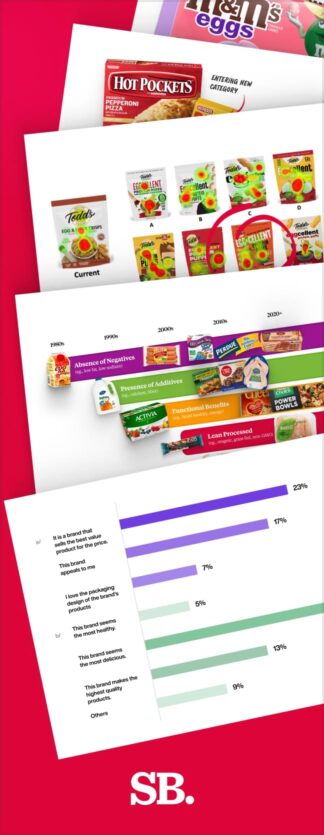
Nice Package
Don’t miss out on our monthly newsletter Nice Package!
Each month, we deliver a data-driven newsletter directly to your inbox, unpacking a critical topic in the FMCG & CPG industry.
"*" indicates required fields
Subscribe to
Nice Package.
A monthly newsletter that unpacks a critical topic in the FMCG & CPG industry.
Free Resource.

CPG product repositioning guide.
Explore the five undeniable signs your CPG product needs repositioning along with strategies for leveraging consumer insights for a guaranteed market lift.
Learn More About CPG product repositioning guide.
